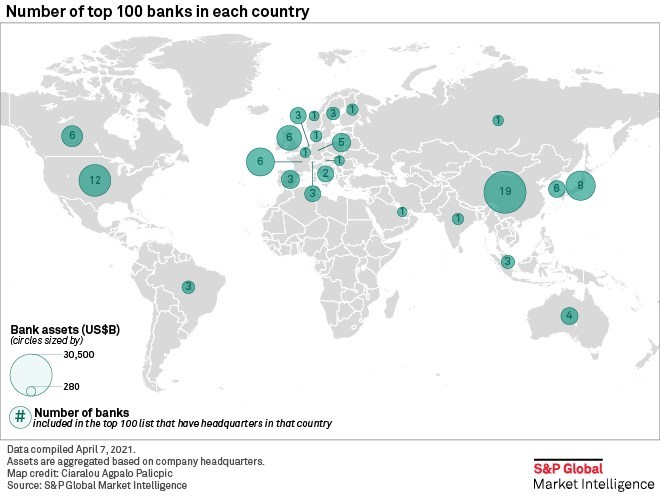The Ganges Delta civilization or Bengal Civilization refers to the ancient civilization that developed in the region of the Ganges Delta. The Ganges Delta civilization is considered one of the earliest and most important civilizations in ancient southeast Asia, with evidence of human habitation dating back to the Neolithic period. Over time, the civilization developed a rich cultural and intellectual tradition, with a thriving trade and commerce network that connected it to other parts of India and beyond.
The Bengal civilization was one of the earliest and most advanced civilizations in ancient south east Asia, flourishing in the region of Bengal in what is now northeast India and Bangladesh. Spanning from the 6th century BCE to the 12th century CE, the Bengal civilization was characterized by a rich cultural and intellectual tradition, as well as a thriving trade and commerce network that connected the Indian subcontinent with Southeast Asia and the Mediterranean world.
The civilization was characterized by a rich cultural and intellectual tradition, a thriving trade and commerce network, and a significant political and economic presence in the region.
The Ganges Delta civilization is also notable for its contributions to the religious and philosophical traditions of India, including Hinduism, Buddhism, and Jainism. Many ancient texts and religious scriptures, including the Mahabharata, the Puranas, and the Buddhist and Jain scriptures, contain references to the region and its people.
In addition to its cultural and religious significance, the Ganges Delta civilization also played a key role in the political and economic history of India, with the region serving as a major center of power and wealth throughout its history. Today, the Ganges Delta remains an important center of culture and commerce in South Asia, and the legacy of its ancient civilization continues to influence the region and beyond.
Ganges Delta Civilization timeline
The exact time period when the Ganges Delta civilization emerged is not well defined, as the civilization developed gradually over many centuries. However, it is generally agreed that the civilization reached its peak in the first millennium BCE, during the time of the Gangaridai Mauryan Empire (321-185 BCE) and the Gupta Empire (320-550 CE).
Archaeological evidence suggests that human habitation in the Ganges Delta region dates back to at least 10,000 BCE, and the Neolithic period is considered one of the earliest and most important periods in the development of the Ganges Delta civilization. During this time, the people of the region developed a sophisticated agricultural system based on the cultivation of rice and other crops, and established a thriving trade and commerce network that connected the region to other parts of India and beyond. The Neolithic period in the Ganges Delta region also saw the development of a rich cultural and intellectual tradition, including the creation of pottery, the use of stone tools, and the creation of early forms of art and music.
This early period of human habitation in the Ganges Delta region laid the foundation for the development of the more complex and advanced Ganges Delta civilization that emerged in later periods
Gangaridai
Gangaridai was a powerful ancient kingdom that existed in the region of the Ganges Delta, in what is now Bangladesh and West Bengal in India, around the 4th century BCE. The exact date of the establishment of Gangaridai is not known, but it was one of the most powerful kingdoms in ancient India during its time and was mentioned by the ancient Greek historian Megasthenes in his works.
During this time, the Ganges Delta region was a major centre of political power, economic wealth, and cultural development in ancient India. The region was characterized by a stable political system, a thriving trade and commerce network, and a rich cultural and intellectual tradition, including the development of Hinduism, Buddhism, and Jainism. The Ganges Delta civilization also made important contributions to the fields of science, mathematics, and astronomy, and produced many great works of art and literature.
Mauryan Empire the remnants of Gangaridai
The timeline of Gangaridai and the Mauryan Empire encompasses a period of political and cultural development in the Ganges Delta region of ancient India that stretches from the 4th century BCE to the 3rd century BCE.
Megasthenes, who was a Greek diplomat and writer who lived in the court of the Mauryan emperor Chandragupta Maurya in the 4th century BCE. Megasthenes wrote about the kingdom of Gangaridai, describing it as a powerful and well-organized military state with a strong army and efficient system of administration.
There is limited historical evidence regarding the origins of Chandragupta Maurya, the founder of the Mauryan Empire. Some sources suggest that he was from the region of the Ganges Delta, which was part of the kingdom of Gangaridai, while others suggest that he was from a different region.
There is no clear consensus among historians on this issue, and the limited historical evidence that does exist does not clearly support either of these claims. It is possible that Chandragupta Maurya was from the Ganges Delta region and a Bengali, as Gangaridai was recognized as the most powerful military force in south-east Asia by the greek historian . There is limited historical evidence regarding his origin, and it is possible that he came from the region of the Ganges Delta and was influenced by the military prowess of the Gangaridai kingdom .


